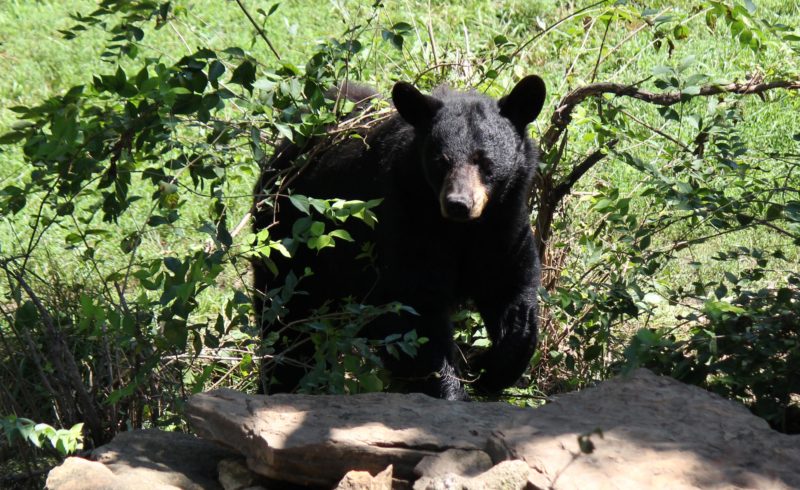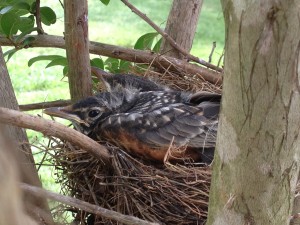
If someone were to ask you to name an animal that hibernates, you’d probably say “a bear.” But for many years, some people did not consider them true hibernators. When animals such as chipmunks and ground squirrels hibernate, their body temperatures drop drastically. A bear’s body temperatures does not decrease nearly as much. And, unlike these other mammals, a bear can easily wake up from its winter sleep. However, today many scientists consider bears to not only be hibernators, but super-hibernators!
Staying Warmer
Bears are better prepared to stay warm during the winter months then their forest neighbors. Their fur is much thicker, providing more insulation. And because their surface are to mass ratio is much less than smaller hibernators, their body heat is lost much more slowly.
How Low Can it Go?
Because bears don’t lose much body heat, they can cut their metabolic rate by 50 – 60 percent during hibernation. Normally, a bear’s heart beats 40 to 50 times per minute. While it hibernates, however, it can drop to just 8 beats per minute. A bear’s respiratory rate drops as well. Instead of the normal 6-10 breaths per minute, they take one breath every 45 seconds.
During hibernation, the bear’s body temperature also becomes lower. However, although the temperatures of most hibernating mammals decreases to around 40°F (4.4°C), a bear’s temperature remains much higher. Most of the year, a bear’s body temperature is approximately 100°–101°F (37.7°–38.3°C). But during hibernation, this decreases to only about 88°F (31°C). Because bears don’t get so cold, they don’t have to warm up before they can move quickly. This helps them react to danger much faster.
Sleep On!
There’s another benefit to have a higher body temperature: sleep! Mammals that experience lower body temperatures during hibernation must wake up every few days to raise their body temperature and move around. They also need to eat and eliminate waste. Bears, however, generally do not eat, drink, or eliminate waste during hibernation. They do not have to wake up at all until spring.
During the summer and fall, bears eat enough to create a three to four inch layer of fat. They live off of this fat during hibernation. When waste products are produced, bears don’t dispose of them. Instead, they recycle the waste! For example, when the waste produced from the fat metabolism is broken down, the resulting nitrogen is used by the bear to build protein. This
allows the bear to maintain its muscle mass and organ tissues, even though they may lose 15-30 percent of their body weight during hibernation.
Bears truly are nature’s super-hibernators!
Want to learn more?
Check out these websites:
“5 Stages of Activity and Hibernation.” North American Bear Center.
“About Black Bears.” Mass Audubon.
“Bear Hibernation and Reemergence in Yellowstone.” Yellowstone National Park.
“Denning and Hibernation Behavior.” Yellowstone National Park.
Photo by Sgarton










